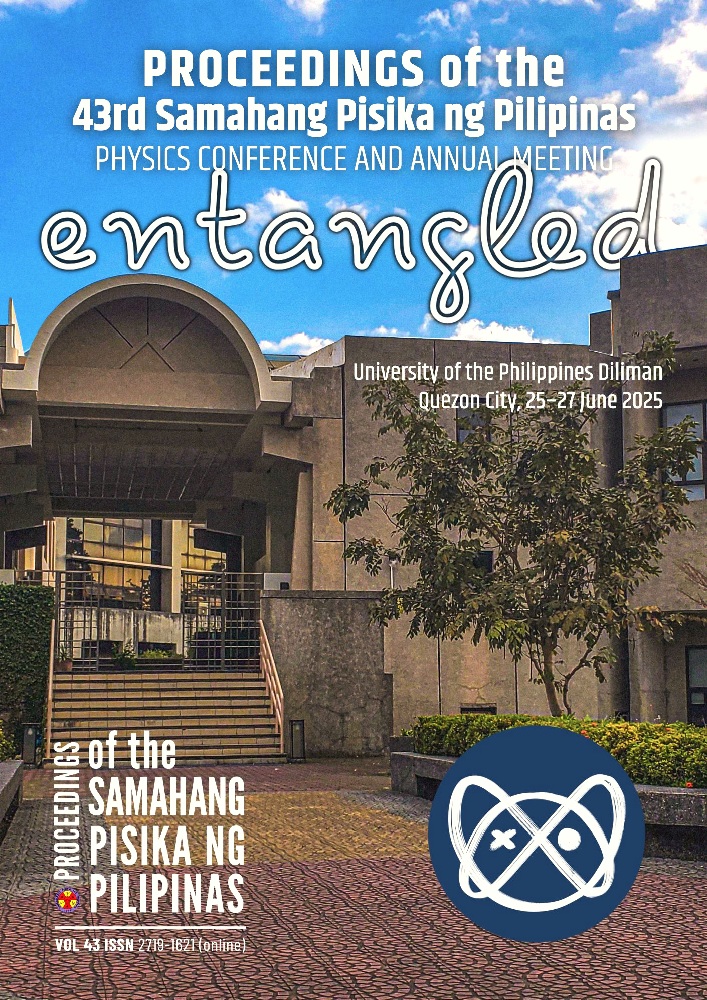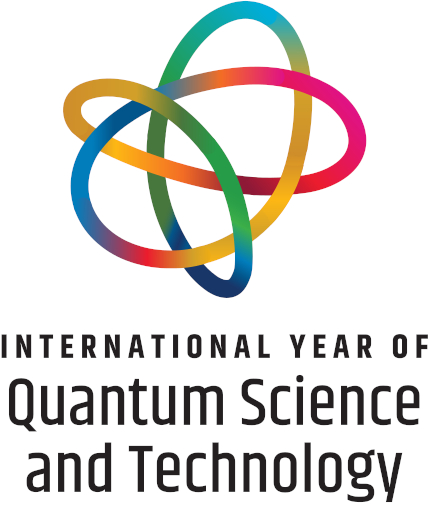Correlation thresholding of segmented fMRI time series baseline data for extraction of the node network structure in the human brain
Abstract
Functional magnetic resonance imaging (fMRI) is a technology that has greatly improved neuroscience research due to its noninvasive, relatively high-speed, and highly sensitive method to map human brain activity. This method allows the acquisition of thousands of measures in a single scan which can be used to detect abnormalities, diagnose conditions, understand brain disorders, and many more. Despite an abundance of data, fMRI scans are difficult to interpret due to variability in cognition of individuals and the experimental conditions that they underwent. Specific data pre-processing methods and statistical analysis techniques are being explored and reproduced to understand brain function. In this study, we aim to analyze brain network topology using the graph theoretical approach. In this regard, the brain is considered as a network of nodes composed of the cubic volume (voxel) where the MRI data is collected and edges are connections between these voxels according to how the activities are correlated between them. Using this method, the global network parameters were calculated and its relationship with thresholding is observed.
Downloads
Issue
Entangled!
25-28 June 2025, National Institute of Physics, University of the Philippines Diliman
Please visit the SPP2025 activity webpage for more information on this year's Physics Congress.
SPP2025 Conference Organizers
SPP2025 Editorial Board
SPP2025 Partners and Sponsors











